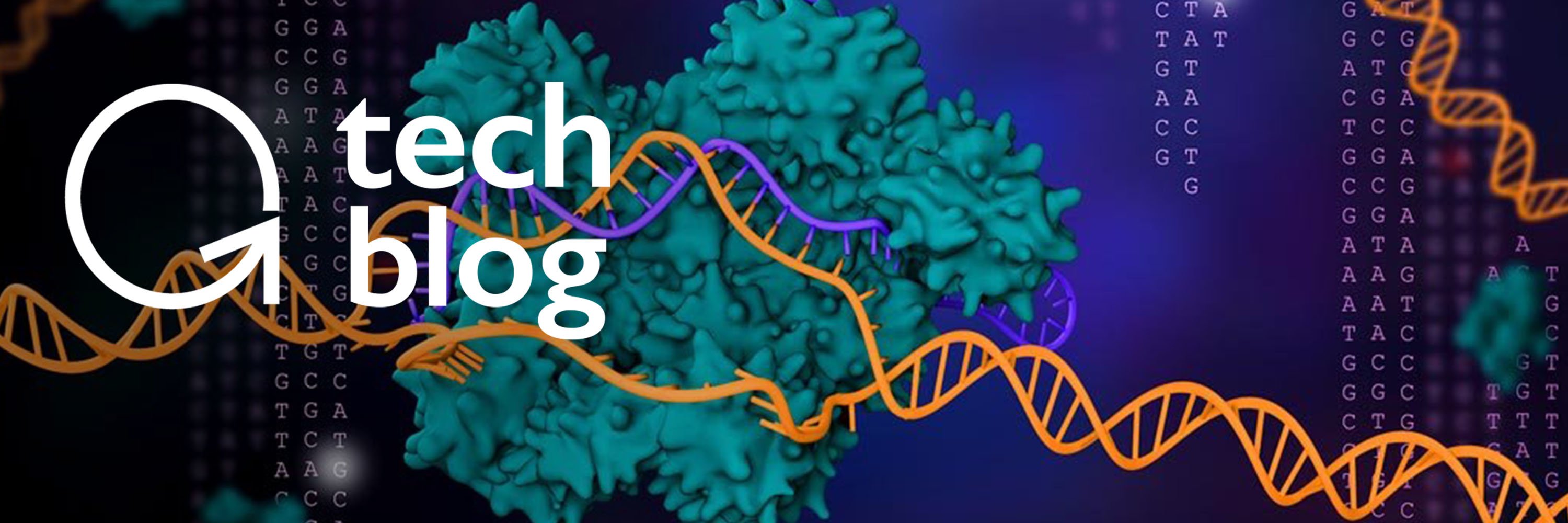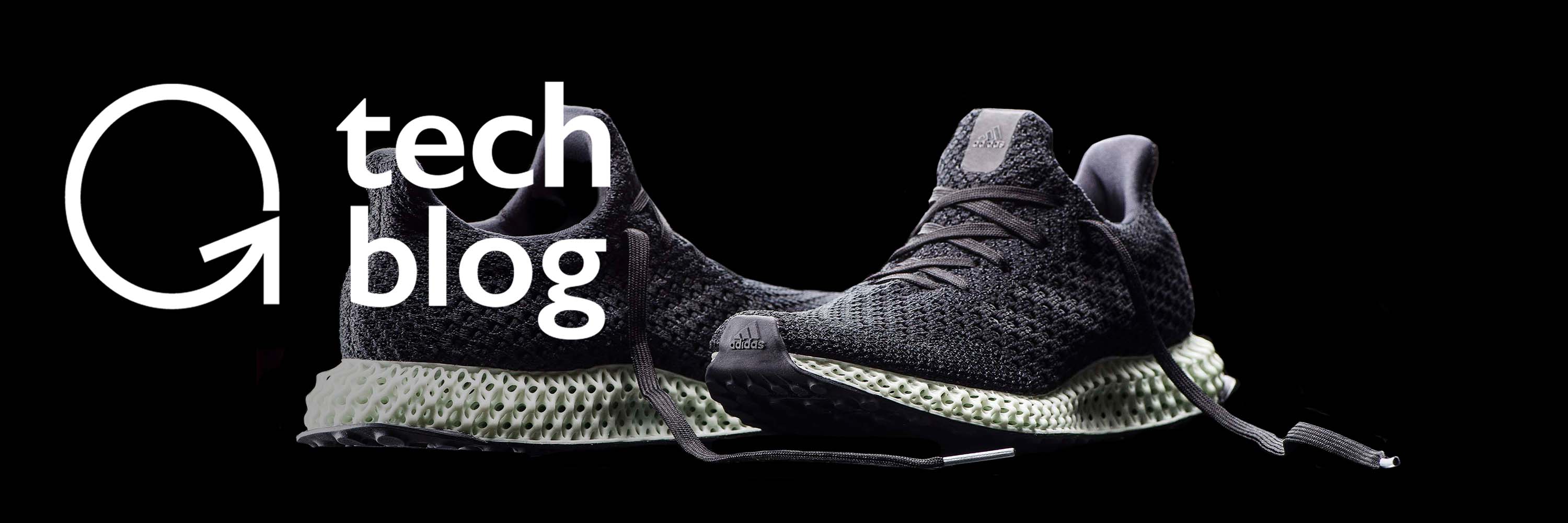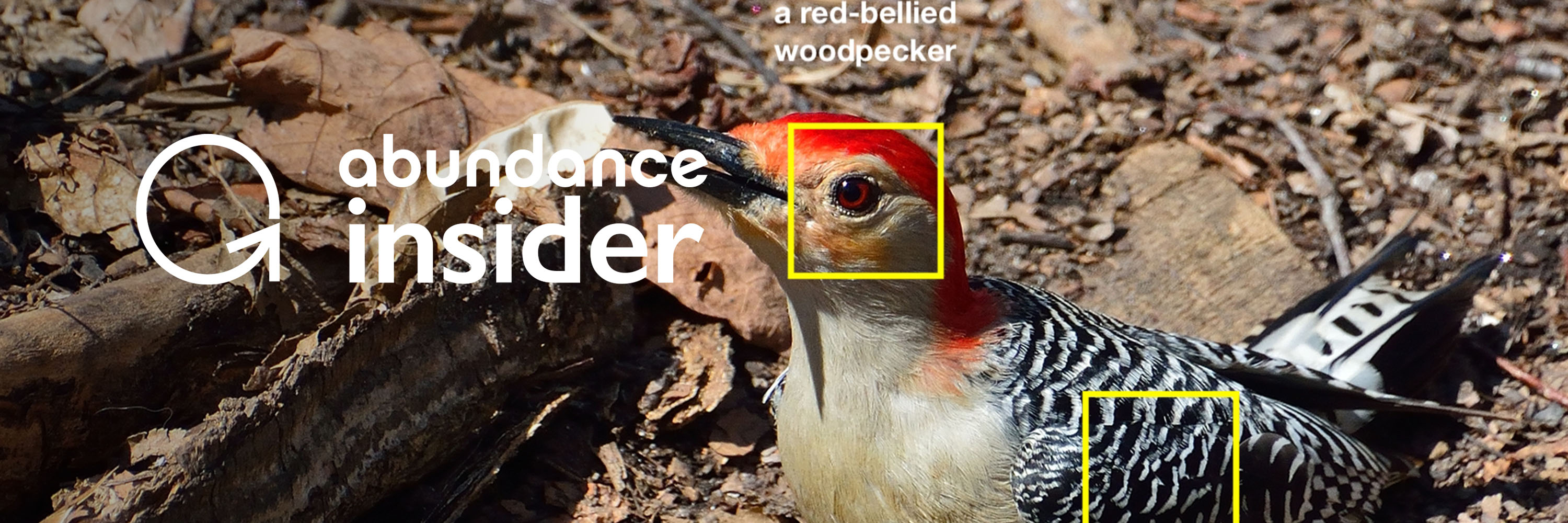
Two revolutionary tools are overhauling healthcare as we know it today: genome sequencing and CRISPR engineering.
Sequencing the first human genome took about 13 years of research and over US$2.7 billion to complete. Today, it’s on its way to becoming a $100, 1-hour-long process.
As genetic sequencing continues to take off, you’ll know the foods, supplements, and exercise regimens that are perfect for you.
You’ll understand which microbes inhabit your gut, and what diet keeps them healthy and fit. You’ll know which diseases you’re most likely to develop and gain the tools to prevent them.
Meanwhile, the global CRISPR market is soaring to a nearly US$3.1 billion valuation by 2023, promising to correct up to 89 percent of disease-causing genetic variations.
Welcome to the era of hyper-personalized medicine.
Let’s dive in.
(Note #1: If you like this blog, share it! | LinkedIn | Facebook | Twitter | Or send your friends and family to this link to subscribe!)
(Note #2: This is a topic l cover at my annual Abundance 360 summit, a curated global community of 360 entrepreneurs, executives, and investors committed to understanding and leveraging exponential technologies to transform their businesses. To learn more, visit Abundance 360.)
CRISPR
Biotechnology is about using biology as technology.
It’s turning the fundamental components of life—our genes, proteins, cells—into tools for manipulating life.
In a very real sense, this story starts with the human body, which is a collection of 30 to 40 trillion cells, the function of which determines our health.
Each of these cells contains 3.2 billion letters from your mother, and 3.2 billion letters from your father—this is your DNA, your genome, the software that codes for “you.” It’s your hair color, eye color, height, a significant chunk of your personality, propensity to disease, lifespan, and so forth.
Thanks to efforts like the Human Genome Project, it has become quite cheap and fast to “read” those letters and understand what they do.
In a few years, companies like Illumina are promising to sequence your genome in an hour for a whopping $100. This will be a healthcare game-changer.
Consider that there are a few main ways to fix a cell. Gene therapy replaces defective or missing DNA inside a cell, gene editing techniques like CRISPR-Cas9 allow you to repair the DNA inside that cell, and stem cell therapies replace that cell entirely.
CRISPR-Cas9, for example, has become our leading weapon in the fight against genetic diseases. Technically, it’s an engineering tool that allows us to target precise locations in the gene code and then rewrite that DNA.
Want to remove the string of DNA that produces muscular dystrophy? Simple. Just target that spot in the genome, unleash CRISPR-Cas9, and snip, snip, snip—problem solved.
More importantly, CRISPR is cheap, fast, and easy to use.
Over the past five years, it’s become the only way to edit a genome. Most recently, scientists at Harvard unveiled CRISPR 2.0, a next-generation editor that’s extremely precise. It can target and change a single letter in a single string of DNA.
But what good is a single letter out of 3.2 billion? “Of more than 50,000 genetic changes currently known to be associated with disease in humans,” David Liu, the Harvard chemical biologist who led the work, told the LA Times, “32,000 of those are caused by the simple swap of one base pair for another.”
Human germline engineering is another CRISPR application, which enables editing the DNA of an embryo itself—think designer babies. While germline engineering remains controversial—now think Gattaca—it could mean ridding families of scourges like cystic fibrosis and sickle cell anemia, making it a medical advance as potentially important to this century as vaccines were to the last.
It’s still early, but progress is impressive.
In a short period of time, researchers have already genetically engineered cocaine resistance into mice, switched off the gene responsible for Duchenne muscular dystrophy in dogs, and begun developing personalized cancer therapies in humans.
And there’s even work in insects.
Researchers at Imperial College London have CRISPR-created a new breed of mosquito that cannot reproduce. It’s also designed to outcompete its malaria-laden siblings, making this a healthcare revolution via species-wide gene editing—and it’s already happening.
In late 2018, field trials were already under way in Burkina Faso, a country plagued by malaria. We’re not there yet, but before too long, between traditional gene therapy and CRISPR, we will soon gain the ability to purge eighteen thousand diseases from our lives. So you’ve got to ask yourself, if the curing of one disease is a miracle of the biblical variety, what do you call the curing of eighteen thousand?
Hyper-Personalized Medicine
For a decade, experts have been trumpeting personalized genomics as a biotech healthcare revolution. When we understand your genome, the thinking goes, we’ll know how to optimize “you.”
We’ll know the perfect foods, the perfect drugs, and the perfect exercise regimen, just for you. We’ll know the types of gut flora best suited for your microbiome, the supplements that best commingle with your physiology. You’ll learn the diseases to which you’re most susceptible, and, more importantly, how to prevent them.
Or so the story goes…
In 2017, Jason Vassy, a professor of medicine at Boston’s Brigham and Women’s Hospital, decided to take a closer look at that story. A hundred patients were recruited. Half had their DNA screened; the other half answered questions about family medical history, which is the standard method for establishing genetic risk.
In the results, Vassy wanted to compare overwhelm and anxiety versus real world usefulness. Critics of personalized genomics worry about information overload for doctors, needless anxiety for patients, and expensive and unnecessary follow-up testing for both.
But that’s not what Vassy discovered. Instead, according to results published in the Annals of Internal Medicine, there was no trace of these concerns. What did happen was that 20 percent of the patients who had their DNA screened discovered rare, life-threatening conditions that required immediate action.
Yet the more important result comes not from any one patient being screened, but from their combined aggregate of genomes. The larger and more complete our genetic data sets, the more robust the preventative power of genomics will become.
This is also why, in 2018, the National Institutes of Health launched their All of Us project, distributing nearly $27 million in grants to sequence a million genomes, and Harvard geneticist George Church recently founded Nebula Genomics to do something similar.
N-of-1
What’s more critical here is it’s not just stem cells or gene therapy or CRISPR. It’s the combined power of all these techniques—their convergence—that holds the most potential.
Perhaps the biggest consequence of this convergence will be individually customized medicine, or what’s called “N-of-1 medicine.”
In N-of-1 medicine, every treatment you receive has been specifically designed for you—your genome, transcriptome, proteome, microbiome, and all the rest. It’s a level of preventative care never seen before.
You’ll know which foods, supplements, and exercise regimens are best suited to your genetic code.
You’ll understand which microbes inhabit your gut, and what diet sustains healthy microbiome diversity.
You’ll know which diseases you’re most likely to develop and be able to take steps to prevent them.
It’s an era of incredibly personalized medical care, wherein the tools of life have become tools for the preservation of life, and many of the diseases that plagued earlier generations have begun to fade from memory.
(Note #1: This blog comes from The Future is Faster Than You Think—my upcoming book, to be released Jan 28th, 2020. To get an early copy and access up to $800 worth of pre-launch giveaways, sign up here!)
(Note #2: If you like this blog, share it! | LinkedIn | Facebook | Twitter | Or send your friends and family to this link to subscribe!)
Join Me
(1) A360 Executive Mastermind: If you’re an exponentially and abundance-minded entrepreneur who would like coaching directly from me, consider joining my Abundance 360 Mastermind, a highly selective community of 360 CEOs and entrepreneurs who I coach for 3 days every January in Beverly Hills, Ca. Through A360, I provide my members with context and clarity about how converging exponential technologies will transform every industry. I’m committed to running A360 for the course of an ongoing 25-year journey as a “countdown to the Singularity.”
If you’d like to learn more and consider joining our 2020 membership, apply now for Abundance360 Summit and develop an Abundance Mindset.
(2) Abundance-Digital Online Community: I’ve also created a Digital/Online community of bold, abundance-minded entrepreneurs called Abundance-Digital. Abundance-Digital is Singularity University's ‘onramp’ for exponential entrepreneurs — those who want to get involved and play at a higher level. Click here to learn more.
(Both A360 and Abundance-Digital are part of Singularity University — your participation opens you to a global community.)
Topics: Entrepreneurship Exponentials gene therapy gene Technology Artificial Intellegence preventive medicine personalized medicine Genetics CRISPR genetic engineering genome sequencing







